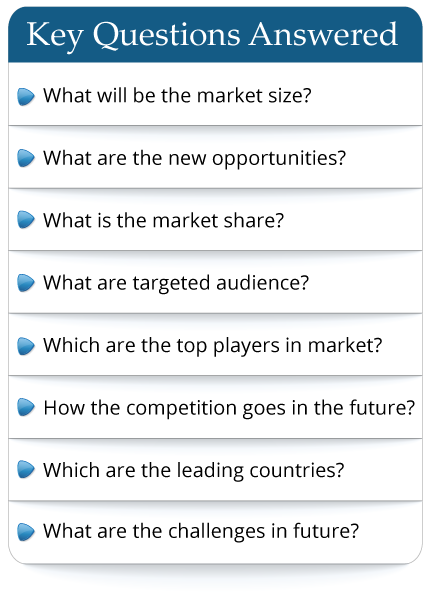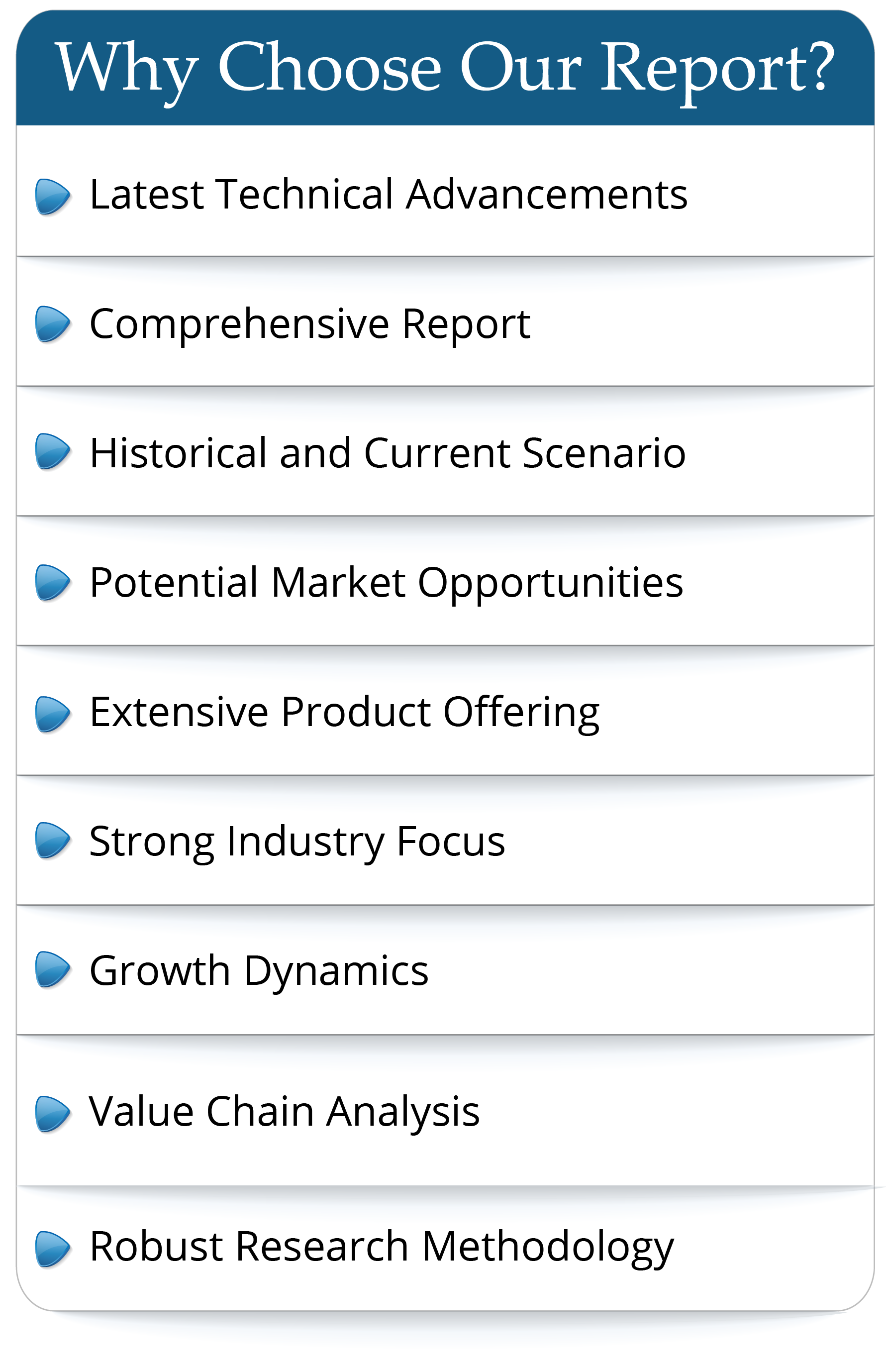According to the latest research, the global Animal Eubiotics market size was valued at USD 7340.53 million in 2022 and is expected to expand at a CAGR of 7.58% during the forecast period, reaching USD 11379.33 million by 2028.
Influence of COVID-19 Outbreak on Animal Eubiotics Industry Development
Sales were blocked and meat and poultry pressure was severe. Affected by factors such as the closure of the live poultry market, traffic control and other factors, live poultry transportation and sales have basically ceased to be affected, and live poultry in the city is under heavy pressure.
Concentrated slaughter is difficult, market supply is urgent, and it is difficult to meet demand. In addition, the aquaculture enterprises and slaughtering and processing enterprises are scattered, and transportation is difficult due to traffic control.
The risk of epidemics increases. At present, it is the season when major animal epidemics such as highly pathogenic avian influenza occur frequently. Due to the increase in fences, the breeding density is increased, the management is limited, and the risk of outbreaks is doubled.
Insufficient protection of means of production. Poor supply of corn, soybean meal, etc. in feed raw materials, upstream production of feed raw materials factories (such as rice mills, oil mills) resumed production delays, feed production enterprises' production capacity could not keep up, resulting in a decline in feed enterprises' production capacity, and some farmers' feed supply shortages, even The phenomenon of starvation of livestock or poultry or abandonment of live feed.
The development of the entire aquaculture industry has been completely blocked, and many large poultry and aquaculture farms in the world have been affected.
Strength
Increase in health benefits derived from eubiotics.
Increased digestibility of nutrients, help with better growth.
There are fewer cost-effective alternatives on the market
The penetration rate has increased and the range of applications has increased.
Weakness
Strict governmental animal additive regulations.
High production cost show.
Opportunities
In developing nations, there is increased demand for animal feed additives and a rise in demand for milk and meat products.
The quality requirements for poultry and other farming products have been improved.
Threat
Fierce competition in the industry, and there are many powerful enterprises in the market.
Strict animal food import and export trade policy.
Region Overview:
From 2022-2027, Europe is estimated to witness robust growth prospects.
Company Overview:
Royal dsm, BASF, Cargill, Dupont and Hansen are the five key players in the global Animal Eubiotics market. These companies have shown consistent growth in revenue, larger volumes of sales and a prominent presence in terms of share in the global Animal Eubiotics market in the past 5 years.
Segmentation Overview:
By type, Probiotics segment accounted for the largest share of market in 2021.
Application Overview:
By application, the Poultry segment occupied the biggest share from 2017 to 2022.
This report elaborates on the market size, market characteristics, and market growth of the Animal Eubiotics industry between the year 2018 to 2028, and breaks down according to the product type, downstream application, and consumption area of Animal Eubiotics. The report also introduces players in the industry from the perspective of the value chain and looks into the leading companies.
Key Points this Global Animal Eubiotics Market Report Include:
Market Size Estimates: Animal Eubiotics market size estimation in terms of revenue and sales from 2018-2028
Market Dynamic and Trends: Animal Eubiotics market drivers, restraints, opportunities, and challenges
Macro-economy and Regional Conflict: Influence of global inflation and Russia & Ukraine War on the Animal Eubiotics market
Segment Market Analysis: Animal Eubiotics market revenue and sales by type and by application from 2018-2028
Regional Market Analysis: Animal Eubiotics market situations and prospects in major and top regions and countries
Animal Eubiotics Market
Animal Eubiotics Industry Chain: Animal Eubiotics market raw materials & suppliers, manufacturing process, distributors by region, downstream customers
Animal Eubiotics Industry News, Policies by regions
Animal Eubiotics Industry Porters Five Forces Analysis
Key players in the global Animal Eubiotics market are covered in Chapter 2:
Royal dsm
Hansen
Dupont
Kemin
BASF
Cargill
In Chapter 6 and Chapter 9, on the basis of types, the Animal Eubiotics market from 2018 to 2028 is primarily split into:
Probiotics
Prebiotics
Organic acids
Essential oils
In Chapter 7 and Chapter 10, on the basis of applications, the Animal Eubiotics market from 2018 to 2028 covers:
Swine
Poultry
Ruminants
Aquaculture
Others
Geographically, the detailed analysis of consumption, revenue, market share and growth rate of the following regions from 2018 to 2028 are covered in Chapter 8 and Chapter 11:
United States
Europe
China
Japan
India
Southeast Asia
Latin America
Middle East and Africa
Others
In summary, this report relies on sources from both primary and secondary, combines comprehensive quantitative analysis with detailed qualitative analysis, and pictures the market from a macro overview to micro granular segment aspects. Whatever your role in this industry value chain is, you should benefit from this report with no doubt.
Chapter Outline
This report consists of 12 chapters. Below is a brief guideline to help you quickly grasp the main contents of each chapter:
Chapter 1 first introduces the product overview, market scope, product classification, application, and regional division, and then summarizes the global Animal Eubiotics market size in terms of revenue, sales volume, and average price.
Chapter 2 analyzes the main companies in the Animal Eubiotics industry, including their main businesses, products/services, sales, prices, revenue, gross profit margin, and the latest developments/updates.
Chapter 3 is an analysis of the competitive environment of Animal Eubiotics market participants. This mainly includes the revenue, sales, market share, and average price of the top players, along with the market concentration ratio in 2022 and the players' M&A and expansion in recent years.
Chapter 4 is an analysis of the Animal Eubiotics industrial chain, including raw material analysis, manufacturing cost structure, distributors, and major downstream buyers.
Chapter 5 focuses on Animal Eubiotics market dynamics and marketing strategy analysis, which include opportunities, challenges, industry development trends under inflation, industry news and policies analyzed by region, Porter's Five Forces analysis, as well as direct and indirect marketing, and the development trends of marketing channels.
Chapters 6-8 have segmented the Animal Eubiotics market by type, application, and region, with a focus on sales and value from 2018 to 2023 from both vertical and horizontal perspectives.
Chapters 9-11 provide detailed Animal Eubiotics market forecast data for 2023-2028, broken down by type and application, region, and major countries to help understand future growth trends.
Chapter 12 concludes with an explanation of the data sources and research methods. Verify and analyze through preliminary research to obtain final quantitative and qualitative data.
2022
Influence of COVID-19 Outbreak on Animal Eubiotics Industry Development
Sales were blocked and meat and poultry pressure was severe. Affected by factors such as the closure of the live poultry market, traffic control and other factors, live poultry transportation and sales have basically ceased to be affected, and live poultry in the city is under heavy pressure.
Concentrated slaughter is difficult, market supply is urgent, and it is difficult to meet demand. In addition, the aquaculture enterprises and slaughtering and processing enterprises are scattered, and transportation is difficult due to traffic control.
The risk of epidemics increases. At present, it is the season when major animal epidemics such as highly pathogenic avian influenza occur frequently. Due to the increase in fences, the breeding density is increased, the management is limited, and the risk of outbreaks is doubled.
Insufficient protection of means of production. Poor supply of corn, soybean meal, etc. in feed raw materials, upstream production of feed raw materials factories (such as rice mills, oil mills) resumed production delays, feed production enterprises' production capacity could not keep up, resulting in a decline in feed enterprises' production capacity, and some farmers' feed supply shortages, even The phenomenon of starvation of livestock or poultry or abandonment of live feed.
The development of the entire aquaculture industry has been completely blocked, and many large poultry and aquaculture farms in the world have been affected.
Strength
Increase in health benefits derived from eubiotics.
Increased digestibility of nutrients, help with better growth.
There are fewer cost-effective alternatives on the market
The penetration rate has increased and the range of applications has increased.
Weakness
Strict governmental animal additive regulations.
High production cost show.
Opportunities
In developing nations, there is increased demand for animal feed additives and a rise in demand for milk and meat products.
The quality requirements for poultry and other farming products have been improved.
Threat
Fierce competition in the industry, and there are many powerful enterprises in the market.
Strict animal food import and export trade policy.
Region Overview:
From 2022-2027, Europe is estimated to witness robust growth prospects.
Company Overview:
Royal dsm, BASF, Cargill, Dupont and Hansen are the five key players in the global Animal Eubiotics market. These companies have shown consistent growth in revenue, larger volumes of sales and a prominent presence in terms of share in the global Animal Eubiotics market in the past 5 years.
Segmentation Overview:
By type, Probiotics segment accounted for the largest share of market in 2021.
Application Overview:
By application, the Poultry segment occupied the biggest share from 2017 to 2022.
This report elaborates on the market size, market characteristics, and market growth of the Animal Eubiotics industry between the year 2018 to 2028, and breaks down according to the product type, downstream application, and consumption area of Animal Eubiotics. The report also introduces players in the industry from the perspective of the value chain and looks into the leading companies.
Key Points this Global Animal Eubiotics Market Report Include:
Market Size Estimates: Animal Eubiotics market size estimation in terms of revenue and sales from 2018-2028
Market Dynamic and Trends: Animal Eubiotics market drivers, restraints, opportunities, and challenges
Macro-economy and Regional Conflict: Influence of global inflation and Russia & Ukraine War on the Animal Eubiotics market
Segment Market Analysis: Animal Eubiotics market revenue and sales by type and by application from 2018-2028
Regional Market Analysis: Animal Eubiotics market situations and prospects in major and top regions and countries
Animal Eubiotics Market
Competitive Landscape
and Major Players: Analysis of 10-15 leading market players, sales, price, revenue, gross, gross margin, product/service profile and recent development/updates, etc.Animal Eubiotics Industry Chain: Animal Eubiotics market raw materials & suppliers, manufacturing process, distributors by region, downstream customers
Animal Eubiotics Industry News, Policies by regions
Animal Eubiotics Industry Porters Five Forces Analysis
Key players in the global Animal Eubiotics market are covered in Chapter 2:
Royal dsm
Hansen
Dupont
Kemin
BASF
Cargill
In Chapter 6 and Chapter 9, on the basis of types, the Animal Eubiotics market from 2018 to 2028 is primarily split into:
Probiotics
Prebiotics
Organic acids
Essential oils
In Chapter 7 and Chapter 10, on the basis of applications, the Animal Eubiotics market from 2018 to 2028 covers:
Swine
Poultry
Ruminants
Aquaculture
Others
Geographically, the detailed analysis of consumption, revenue, market share and growth rate of the following regions from 2018 to 2028 are covered in Chapter 8 and Chapter 11:
United States
Europe
China
Japan
India
Southeast Asia
Latin America
Middle East and Africa
Others
In summary, this report relies on sources from both primary and secondary, combines comprehensive quantitative analysis with detailed qualitative analysis, and pictures the market from a macro overview to micro granular segment aspects. Whatever your role in this industry value chain is, you should benefit from this report with no doubt.
Chapter Outline
This report consists of 12 chapters. Below is a brief guideline to help you quickly grasp the main contents of each chapter:
Chapter 1 first introduces the product overview, market scope, product classification, application, and regional division, and then summarizes the global Animal Eubiotics market size in terms of revenue, sales volume, and average price.
Chapter 2 analyzes the main companies in the Animal Eubiotics industry, including their main businesses, products/services, sales, prices, revenue, gross profit margin, and the latest developments/updates.
Chapter 3 is an analysis of the competitive environment of Animal Eubiotics market participants. This mainly includes the revenue, sales, market share, and average price of the top players, along with the market concentration ratio in 2022 and the players' M&A and expansion in recent years.
Chapter 4 is an analysis of the Animal Eubiotics industrial chain, including raw material analysis, manufacturing cost structure, distributors, and major downstream buyers.
Chapter 5 focuses on Animal Eubiotics market dynamics and marketing strategy analysis, which include opportunities, challenges, industry development trends under inflation, industry news and policies analyzed by region, Porter's Five Forces analysis, as well as direct and indirect marketing, and the development trends of marketing channels.
Chapters 6-8 have segmented the Animal Eubiotics market by type, application, and region, with a focus on sales and value from 2018 to 2023 from both vertical and horizontal perspectives.
Chapters 9-11 provide detailed Animal Eubiotics market forecast data for 2023-2028, broken down by type and application, region, and major countries to help understand future growth trends.
Chapter 12 concludes with an explanation of the data sources and research methods. Verify and analyze through preliminary research to obtain final quantitative and qualitative data.
Years considered for this report:
Historical Years:
2018-2022Base Year:
2022Estimated Year:
2023Forecast Period:
2023-2028Frequently Asked Questions
This market study covers the global and regional market with an
in-depth analysis of the
overall growth prospects...
- By product type
- By End User/Applications
- By Technology
- By Region
The report provides a detailed evaluation of the market by
highlighting information on
different aspects including drivers, restraints...

 Pre-order Enquiry
Pre-order Enquiry Download Free Sample
Download Free Sample












